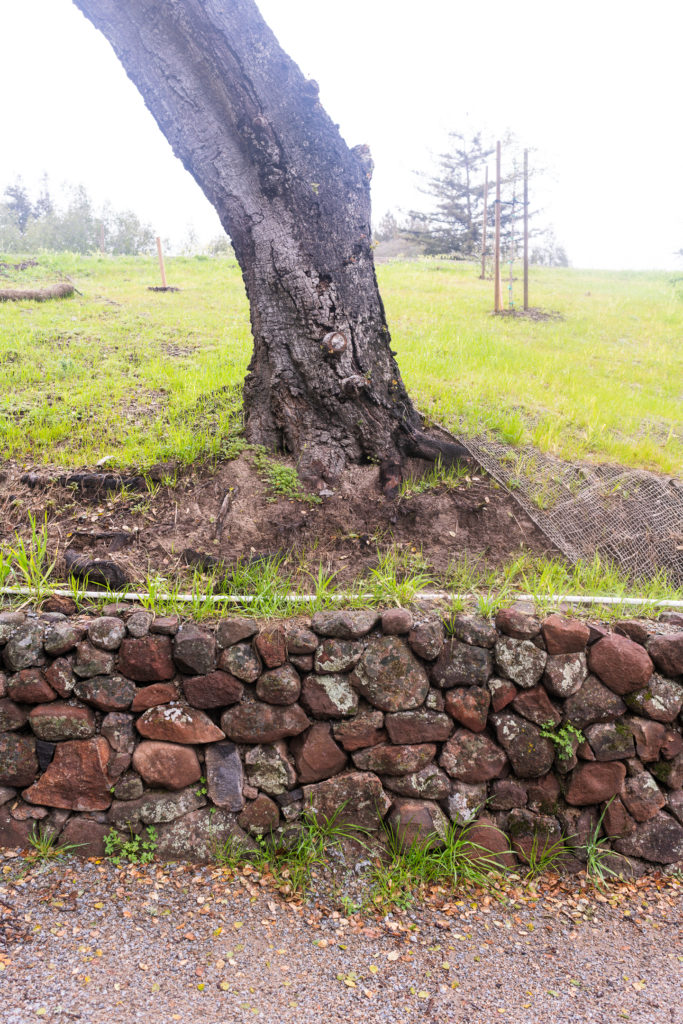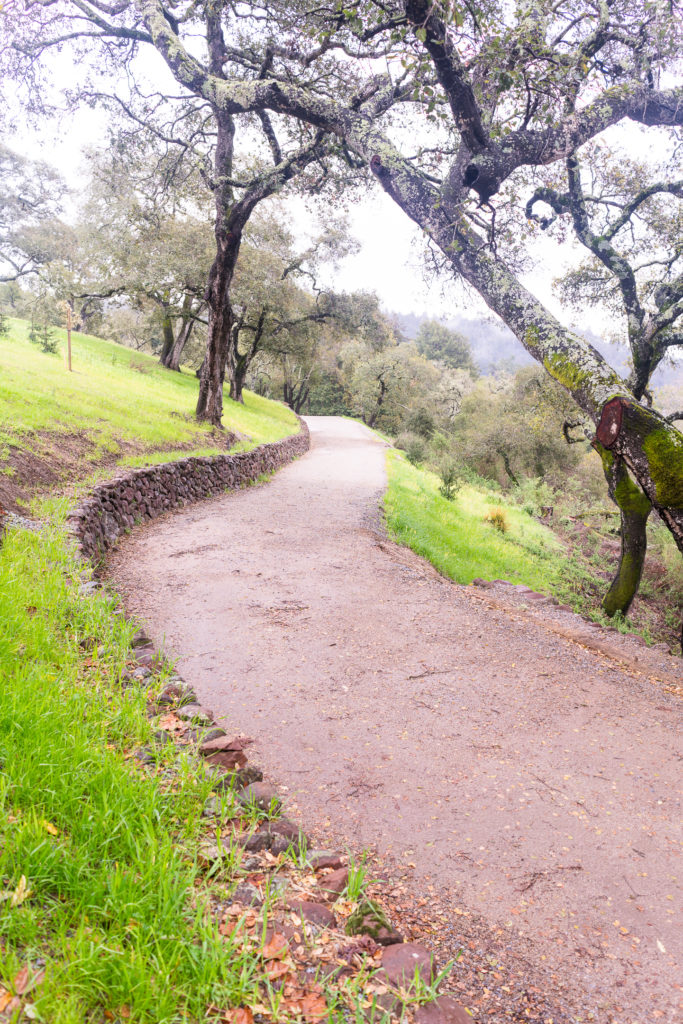The Essential Guide to Retaining Wall Functionality & Benefits

In the quest to sculpt our living spaces into realms of functionality and beauty, retaining walls emerge as silent sentinels of the landscape. Often unnoticed yet indispensable, these structures do far more than hold back soil. They are the unsung heroes that transform unruly slopes into terrains of opportunity, offering both aesthetic allure and essential protection against the elements. This guide delves into the multifaceted world of retaining walls, revealing how they safeguard our spaces from erosion and water damage and serve as canvases for ecological diversity and design innovation. Join us as we explore the enduring strength and hidden potential of retaining walls, an integral component in crafting landscapes that stand the test of time.
Holding Back the Hillside: Creating Functional Spaces
A retaining wall’s primary function is to stabilize slopes and create level areas in your yard. The stabilization prevents soil erosion and opens up new possibilities for land use. By holding back earth, retaining walls allow for patios, gardens, or even outdoor living spaces, effectively expanding your usable outdoor area.
The Science of Stability

At their core, retaining walls counteract the forces of gravity. The design and construction of these walls involve careful consideration of soil characteristics, wall height, and the angle of repose, ensuring they can withstand the lateral pressure exerted by the soil. Materials like concrete blocks, natural stones, and pressure-treated timbers offer distinct aesthetic and functional benefits.
Fostering Micro Ecosystems: Beyond Aesthetics

Beyond their structural role, retaining walls can significantly contribute to biodiversity in your garden. The nooks and crannies between the stones or blocks of the wall create microhabitats for various plants, insects, and small animals. By choosing native plants that can thrive in these microenvironments, you enhance the wall’s beauty and support local ecosystems.
Adding Color and Life
Integrating flowering plants or creeping vines into and around your retaining wall can introduce vibrant colors and textures to your landscape. Plants elevate the visual appeal and attract pollinators, adding a dynamic element to your garden.

Anti-erosion and Pro-drainage: Protecting Your Landscape
Retaining walls play a critical role in erosion control and water management. By providing a barrier to soil movement, these walls protect your landscape from being washed away by rainwater. Moreover, incorporating built-in drainage solutions, such as weep holes or drainage pipes, ensures that water does not accumulate behind the wall, maintaining its integrity over time.
Engineering for the Environment
Properly designed retaining walls can help manage stormwater runoff, reducing the risk of flooding and water damage to your property. Areas prone to heavy rainfall benefit significantly from the added protection as the walls can direct water away from your home and garden, safeguarding your space.
Design Considerations: Blending Form and Function
When planning a retaining wall, it’s essential to consider its functional requirements and aesthetic appeal. The choice of materials should reflect the overall style of your landscape, whether you’re aiming for a modern, minimalist look with smooth concrete blocks or a more natural, rustic appearance using stone. The wall’s height, length, and shape can also dramatically affect its look and functionality, making professional design consultation a worthwhile investment.
Maintenance and Longevity: Ensuring Durability
Regular maintenance is vital to longevity. Inspecting the wall for signs of damage, such as cracks or bulging, should be part of your routine. Keeping the drainage systems clear of debris will prevent water buildup and potential damage.
Proactive Care
Seasonal changes can impact the stability and appearance of retaining walls. For instance, freeze-thaw cycles in colder climates can lead to cracks if water seeps into the wall. You can promptly address minor issues and ensure proper drainage to maintain your retaining wall’s appearance and functional benefits.

A Foundation for Beauty and Stability
Retaining walls offer a powerful solution to landscaping challenges on uneven terrain. Beyond their practical benefits in terms of erosion control and land stabilization, they provide creative opportunities to enhance the beauty and biodiversity of your garden. With careful planning, thoughtful design, and regular maintenance, retaining walls can be a cornerstone of your landscape’s functionality and appeal for years.
FAQs: Understanding Retaining Walls
What are the three types of retaining walls?
Our three primary types of retaining walls are Interlocking Block, Sonoma Fieldstone, and Wood Retaining Walls. Interlocking Block Walls use manufactured blocks that fit together like puzzle pieces, offering versatility in design and color. Sonoma Fieldstone Walls, crafted from natural stone, lend a timeless, rustic appeal to any landscape. Wood Retaining Walls, constructed from pressure-treated lumber, provide a natural, cost-effective solution for soil retention and landscape leveling.
What is the best material for a retaining wall?
The best material for a retaining wall depends on several factors, like the wall’s height, soil characteristics, budget, and aesthetic preferences.
Interlocking blocks excel in durability, ease of installation, and versatility.
Natural stone offers unparalleled natural beauty and longevity.
Many appreciate wood retaining walls for their rustic look and affordability.
The ideal choice balances functionality, style, and durability to meet your landscape’s needs.
What type of retaining wall lasts the longest?
Natural stone retaining walls are renowned for their longevity, often lasting several decades or more with minimal maintenance. These walls withstand harsh weather conditions and resist erosion, making them durable for any landscape. Interlocking block walls are also durable, especially when properly installed with adequate drainage. Wood walls can last many years if constructed with high-quality, pressure-treated lumber and maintained regularly.
Transform Your Landscape with The Landscape Company
In Santa Cruz County, where the beauty of nature is matched only by the creativity of its residents, The Landscape Company stands ready to bring your outdoor visions to life. Our expertise in crafting timeless retaining walls enhances the beauty and functionality of your garden and ensures its longevity against the forces of nature.
Whether you’re battling soil erosion, seeking to create a standout garden space, or simply aiming to elevate the aesthetic appeal of your property, our team supports your ambitions. We specialize in installing retaining walls that are durable and supportive and meticulously designed to complement the unique beauty of Santa Cruz landscapes.
With a keen eye for detail and a commitment to quality, The Landscape Company offers personalized solutions tailored to your needs. From the rugged elegance of Sonoma Fieldstone, the versatile charm of Interlocking Blocks, and the natural warmth of Wood Walls, we ensure your garden is not just seen but remembered.
Transform your outdoor space into a testament to durability and design.
